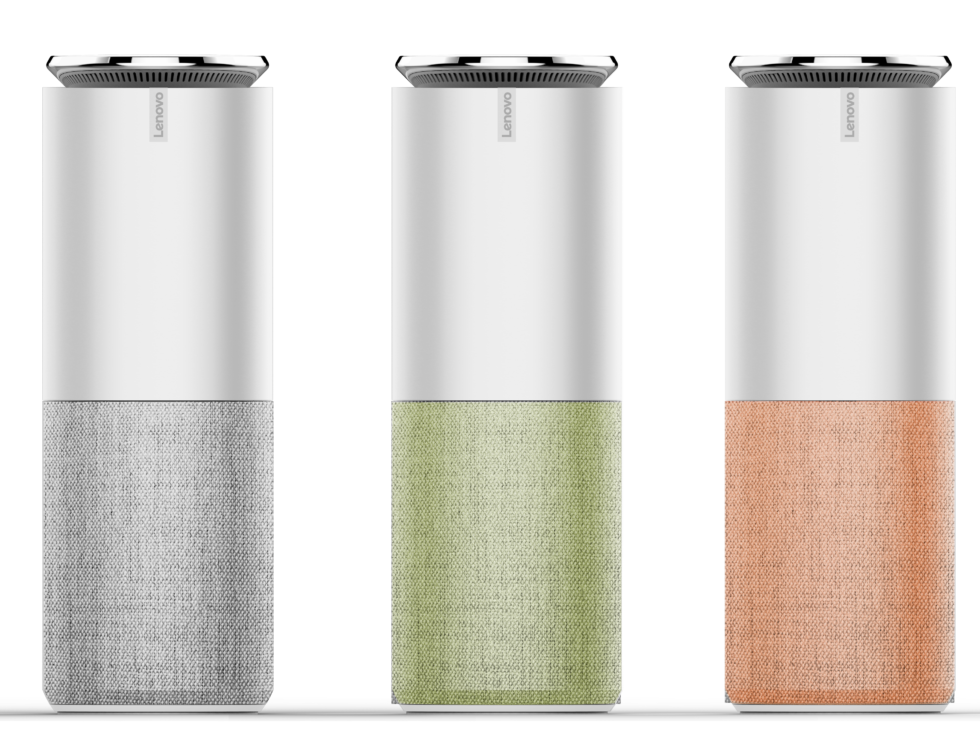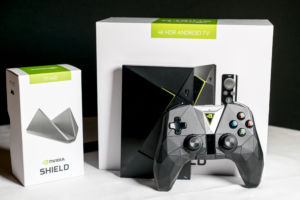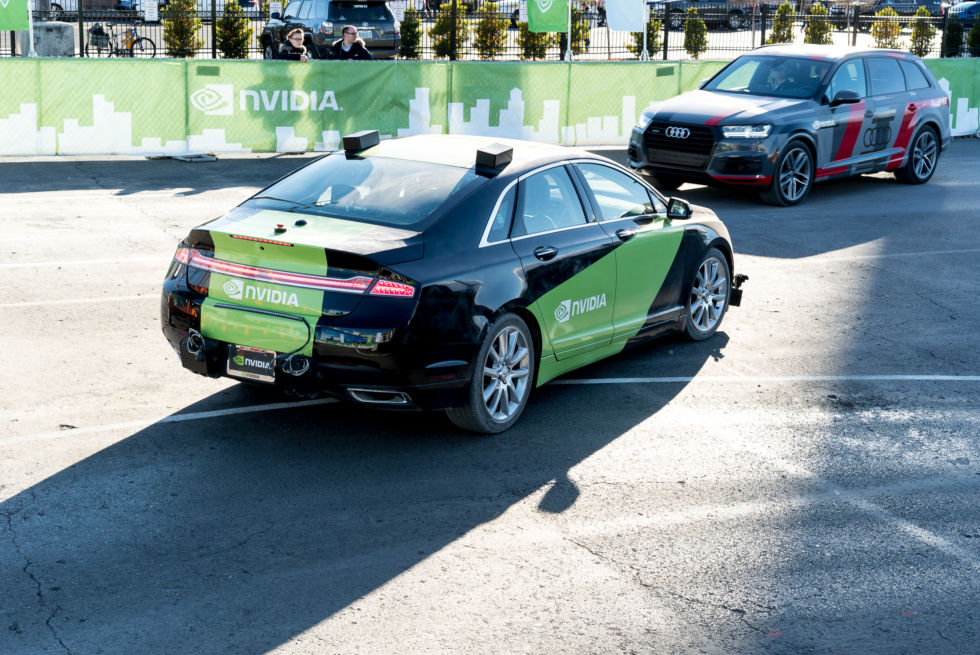And everything will have an OLED display, thanks to LG’s tech gamble.

Inside the heaving halls of the Las Vegas convention centre, which run thick with the smell of tired feet and one too many late nights spent at a roulette table, a familiar voice can be heard. In any booth, whether it’s LG’s sprawling temple to tech or one of the tiny makeshift stands from CES’ smaller attendees, Amazon’s Alexa is ever present, taking commands from smart alec tech press desperate to spot a crack in her capabilities.
If, as its organisers would have you believe, CES remains the great predictor of tech trends for the year, then 2017 is when Amazon’s AI aide goes from humble home assistant to all-encompassing presence built into every gadget we own. From fridges, to cars, to smartwatches, and even robots, Alexa has quickly become the voice assistant du jour. For an online retailer with a spotty track record in tech (see: the Amazon Fire Phone), it’s an impressive and surprising achievement.
How useful Alexa will ultimately be inside the numerous devices she’s been unceremoniously shoved into remains to be seen. But as someone that’s very much on-board with Amazon’s assistant (every room in my house has an Echo or Dot that controls the lights, TV, and heating), I can see the benefits. LG’s new smart fridge, for instance, is an ideal home for Alexa. Fridges are always on, have a natural spot in one of the busiest rooms in the home, and—if you subscribe to Amazon Fresh at least—you can place an order the moment you discover month-old milk hiding at the back.
Elsewhere at CES there were Alexa-compatible air purifiers, baby monitors (Mattel’s Aristotle promises to answer questions from both parents and kids), and even self-driving cars. Hyundai is integrating Alexa into its upcoming Ioniq car (as well as some existing and older models) allowing drivers to start the car, adjust the climate control, or even open the garage door with a voice command. Ford is doing the same thing with its 2017 cars too.

Not every implementation of Alexa at CES was all that useful—headphones by OnVocal that make Alexa accessible via button press are a tad superfluous—but it’s clear that Alexa is rapidly becoming the voice of the so-called Internet of Things, a role many had thought would go to rivals like Apple or Google. Alexa being free for other device manufacturers to implement (Lenovo introduced its own Echo-like device powered by Alexa) along with a robust API for integrating with other devices and services, has given it a huge boost. That Google has only just released its appliance-like Google Home device—and only in the US—shows just how far behind Amazon’s rivals have fallen.

Of course, Amazon’s AI rivals aren’t giving up without a fight, and Google Assistant make an appearance over at Nvidia’s booth, where it was built into a new Shield device and plug-in smart mics called Spot. Nvidia was keen to show off its own in-house AI too, this one developed for its self-driving car dubbed BB8. Powering the car’s self-driving tech is the Drive PX2—a specialised automotive computing platform that combines at least two Parker Tegra SoCs and two Pascal GPUs.

Nvidia hopes to have a “Level 4” automatic vehicle—where the AI can control the vehicle in all but a few environments such as severe weather—available to buy by 2020.
With tech’s biggest money-maker—the smartphone market—in decline, companies were falling over themselves to plug the gap with smart devices at CES. Unfortunately, many of them were so preoccupied with whether or not they could, they didn’t stop to think if they should. Case in point, the smart hair brush, which melds microphones, gyroscopes, and moisture sensors with a smartphone app in order to tell you whether you’re brushing your hair correctly or not, while simultaneously creating the most pointless product of all time. It costs £200/$200.
Pointless products were abound at CES Unveiled, a pre-show preview event for press, where the likes of VR shoes that feature haptic vibration but no motion tracking, and a toothbrush that streams live video to a smartphone app topped the pointlessness list. The latter, dubbed the Onvi Prophix toothbrush, goes on sale later this year for $400 (~£350).
OLED everywhere
Still, there was another winner at this year’s CES: LG. The company took a punt on OLED tech when the likes of Sony and Samsung deemed it too expensive to produce, and now the industry is playing catch up. Sony unveiled its Bravia XBR-A1E OLED TV, designed to look like a “work of art” on your wall, while Panasonic debuted its 65EZ1000 OLED TV with sound bar stand. Both use an LG OLED panel.
At the LG booth, the new W7 Wallpaper TV was on display, which features a panel so thin that instead of a traditional wall-mounting kit, it’s held up by magnets so that it sits as close to the wall as possible. A single thin cable connects the panel to a sound bar that houses all the electronics and connectivity—and yes, it looks absolutely stunning. Indeed, it’s clear that if you’re into 4K and HDR, OLED is the way to go. Despite some valiant efforts and niche champions—Asus’ excellent ROG Swift PG27UQ 4K, HDR, 144Hz G-Sync gaming monitor springs to mind—no other panel technology matches the colours and black levels of OLED. It’s simply the best way to view content.
Price has always been a stumbling block for OLED, but 2017 is the year that it finally goes mainstream. Already, OLED TVs can be readily found below £2,000/$2,000, compared to as much as £10,000 just a couple of years ago, and the price is expected to drop further this year. Even better is that if you do plump for a cheaper model, you get exactly the same panel and picture tech as in the higher-priced LG TVs. The only difference, according to LG, is the frame design, and the included audio support.Indeed, visiting LG’s booth at CES has left me so convinced about OLED that I’ve started saving up the pennies already.
“Alexa, tell Natwest to open a savings account.”








